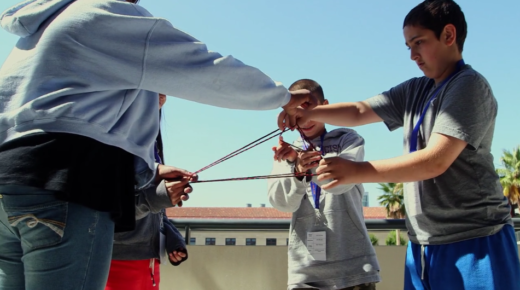Math has been a traditionally thorny subject in many American schools. Lots of children dislike math and many more adults stopped taking mathematics as soon as they are able, even when they were successful in their classes. At the same time, mathematical thinking is a crucial part of many of the most exciting and growing careers in science, technology, engineering and math, not to mention important for a general understanding of the mathematical world around us. So, what can U.S. math educators do to shift this dynamic?
Stanford Mathematics Education Professor Jo Boaler is championing a dramatic shift in how many math teachers approach instruction. Rather than focusing on the algorithms and procedures that make mathematics feel like a lock-step process -- with one right way of solving problems -- Boaler encourages teachers to embrace the visual aspects of math. She encourages teachers to ask students to grapple with open-ended problems, to share ideas and to see math as a creative endeavor. She works with students every summer and says that when students are in a math environment that doesn't focus on performance, speed, procedures, and right and wrong answers they thrive. They even begin to change their perceptions of whether they can or can't do math.


